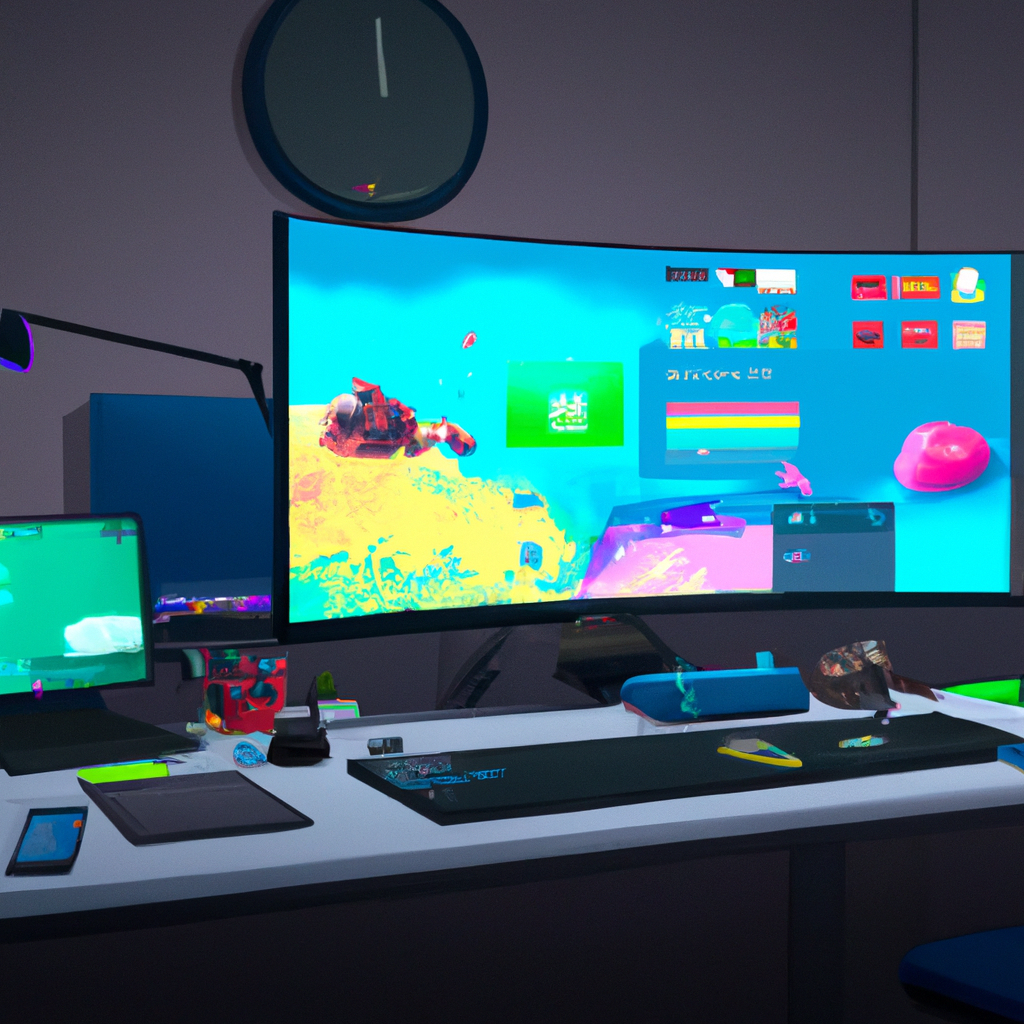Creating a computer game can be an exciting and rewarding experience. It allows you to bring your creative ideas to life and share them with the world. However, the process can be daunting, especially if you are new to game development. In this article, we will explore the steps you need to take to create your own computer game, from game design to launch strategy.
Game Design
The first step in creating a computer game is to come up with a game design. This is where you decide what type of game you want to create, the story, characters, art style, and gameplay mechanics. You can do this by brainstorming ideas, creating a storyboard, or using a game design document. The game design document is a detailed plan that outlines every aspect of the game, from the concept to the level design.
Game Programming
Once you have a game design, it’s time to start programming. Game programming involves writing code that makes the game work. You can use programming languages like C++, Java, or Python to create your game. It’s essential to have a good understanding of programming concepts like variables, loops, and conditional statements. You also need to know how to use game development software like Unity, Unreal Engine, or GameMaker Studio.
Game Engines
Game engines are software tools that allow you to create games without writing code from scratch. They provide a framework that handles tasks like physics simulation, graphics rendering, and input handling. Game engines like Unity and Unreal Engine are popular among game developers because they are powerful and easy to use. They also have a large community of developers who can help you solve problems and answer questions.
Game Development Software
Game development software is essential for creating games. It includes tools for creating art assets like 3D models, textures, and animations. You can use software like Adobe Photoshop, Blender, or Maya to create art assets. There are also tools for sound design, level design, and game testing. Some popular game development software includes Audacity, Tiled, and TestFlight.
Game Testing
Game testing is an essential part of the game development process. It involves playing the game to find bugs, glitches, and other issues that need to be fixed. You can do this by yourself or with a group of testers. It’s important to test the game on different devices and platforms to ensure it works correctly. You can also use automated testing tools like Unity Test Runner or NUnit.
Game Launch Strategy
After you have created the game, it’s time to launch it. A game launch strategy involves marketing, promotion, and distribution. You can use social media, influencer marketing, and press releases to promote your game. You also need to choose a distribution platform like Steam, Itch.io, or the App Store. It’s essential to have a good understanding of the market and target audience to create an effective launch strategy.
Indie Game Development
Indie game development refers to the process of creating games independently, without the support of a large game development studio. It’s becoming increasingly popular among game developers because it allows them to create games that are unique and personal. Indie game development requires a lot of hard work and dedication, but it can also be a lot of fun.
Conclusion
Creating your own computer game can be a challenging but rewarding experience. It requires a combination of creativity, technical skills, and business acumen. By following the steps outlined in this article, you can create a game that is fun, engaging, and successful. Whether you are an experienced game developer or a beginner, there are plenty of resources available to help you along the way.







